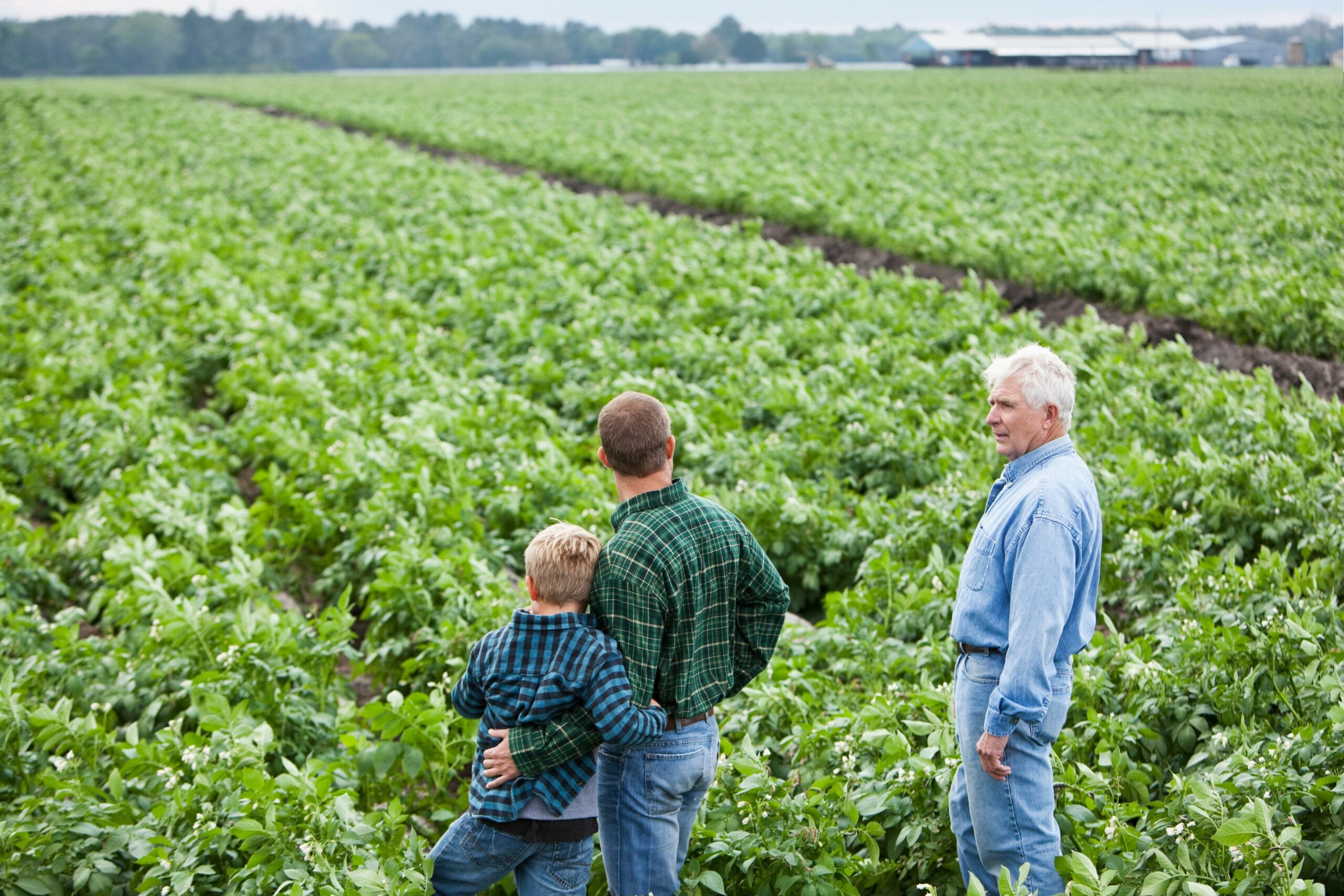What is Agricultural Advocacy?
Per technical definition, an advocate for agriculture, also known as an “AG-vocate,” can be anyone who works to tell the inclusive story of the agriculture industry to not only strengthen that community but also educate everyone around them about the importance of AG as a whole. Whether that is a farmer, scientist, veterinarian, rancher, or someone else altogether, anyone can do their part to support today’s farmers, all of whom would be considered an AG Vocate.
In conceptual form, the goal of advocating for anything includes providing information regarding the said topic of choice so that others can make informed decisions. The same holds for the act of advocacy for AG. But how does one accomplish this and do so effectively? In this blog post, we review the basics of agricultural advocacy to not only better define it and its actions, but also to give you the tools you need to establish your story and take the appropriate steps to effectively communicate AG to others throughout Colorado. This post outlines everything you need to be an effective advocate for agriculture, appropriate for all including educators, students, consumers, producers, and anyone else interested in sharing the story of AG.
AG-Vocacy
 Advocacy, or “ag”vocacy is a newer term that you may hear more frequently in the agriculture world now, and for good reason. With less than 2% of the population involved in production agriculture and an ever-dwindling number of consumers with exposure to how their food or fiber is produced, we need to advocate for the agricultural industry more now than ever. The challenge begs the question, “how do we do this?” What is a productive AG conversation and what does AG-vocacy really look like? The below outline of facts can help you sort through it all.
Advocacy, or “ag”vocacy is a newer term that you may hear more frequently in the agriculture world now, and for good reason. With less than 2% of the population involved in production agriculture and an ever-dwindling number of consumers with exposure to how their food or fiber is produced, we need to advocate for the agricultural industry more now than ever. The challenge begs the question, “how do we do this?” What is a productive AG conversation and what does AG-vocacy really look like? The below outline of facts can help you sort through it all.
Simple Steps to Become an Advocate of Agriculture
There are three simple steps you can take to become a strong voice for Colorado agricultural education: becoming educated, building relationships, and acting.
As an agricultural educator, simply telling the story of what you do every day out in the rural lands of Southern Colorado is great advocacy. You and your family are making lives better, providing students the knowledge and skills to succeed, and you’re helping unite and strengthen your community by simply talking. You would be surprised how much the average American knows about AG and truly how much it affects their life.
That’s why it’s essential to speak up, network and advocate. Tell your AG story to those around so more CO community members become aware of just how crucial agriculture truly is to everyday life. You are making a difference, so let others know that. Make sure they know how important agricultural education is to your students, your community, your young ones, and everyone in between. You’re a teacher whether you realize it or not. Teach your community, state, and national leaders the importance of agricultural education through AG-Vocacy!
For more AG advocacy tips or other agricultural industry questions, give our team a call. Not only are we here to provide farm credit and loan services, but we are also here to educate. Give us a call or fill out one of our forms online to extend another connection in our AG world.
NAAE, or The National Association of Agricultural Educators, is a great resource to utilize: https://www.naae.org/index.cfm
10 Ways Agriculture Works for All of Us
- Americans spend 10% of their income on food – which is less than any other country in the world
- Less than 2% of the U.S. population is directly involved in production agriculture…and every farmer produces enough food and fiber for 165 people in the US and abroad
- Farmers and ranchers receive $0.15 for every $1 spent on food {both at home and away. }
- With the growing population, farmers will have to produce 70% more food by 2050
- At current levels of production, one day’s production of milk from a high-producing dairy cow can make 10.5 lbs of cheese.
- The pounds of feed required to produce 100 lbs. of milk has decreased more than 40% in the last 40 years.
- Corn yields (amount of corn harvested) per acre has increased 360% since 1950.
- One acre = One football field and can produce 50,000 lbs {of strawberries, 2,784 lbs of wheat, or 821 lbs of cotton}
- 30% of farmers are women, and 20% qualify as beginning farmers…257,454 of those are millennials
- Agriculture is the nation’s LARGEST employer with more than 21.4 million full and part-time jobs in agriculture and food, which is 11% of US workforce
Sources: American Farm Bureau (FB.org), ers.usda.gov, farmcredit.com, NAAE (naae.org)
This blog post is for informational purposes only and should not be considered financial, legal, or investment advice. Any information contained in this post is subject to change without notice and should not be relied upon without seeking the advice of a qualified professional. The views and opinions expressed in this post are those of the author and do not necessarily reflect the official policy or position of our Association. The author and Association are not responsible for any errors or omissions and are not liable for any losses or damages arising from the use of the information contained in this post.
